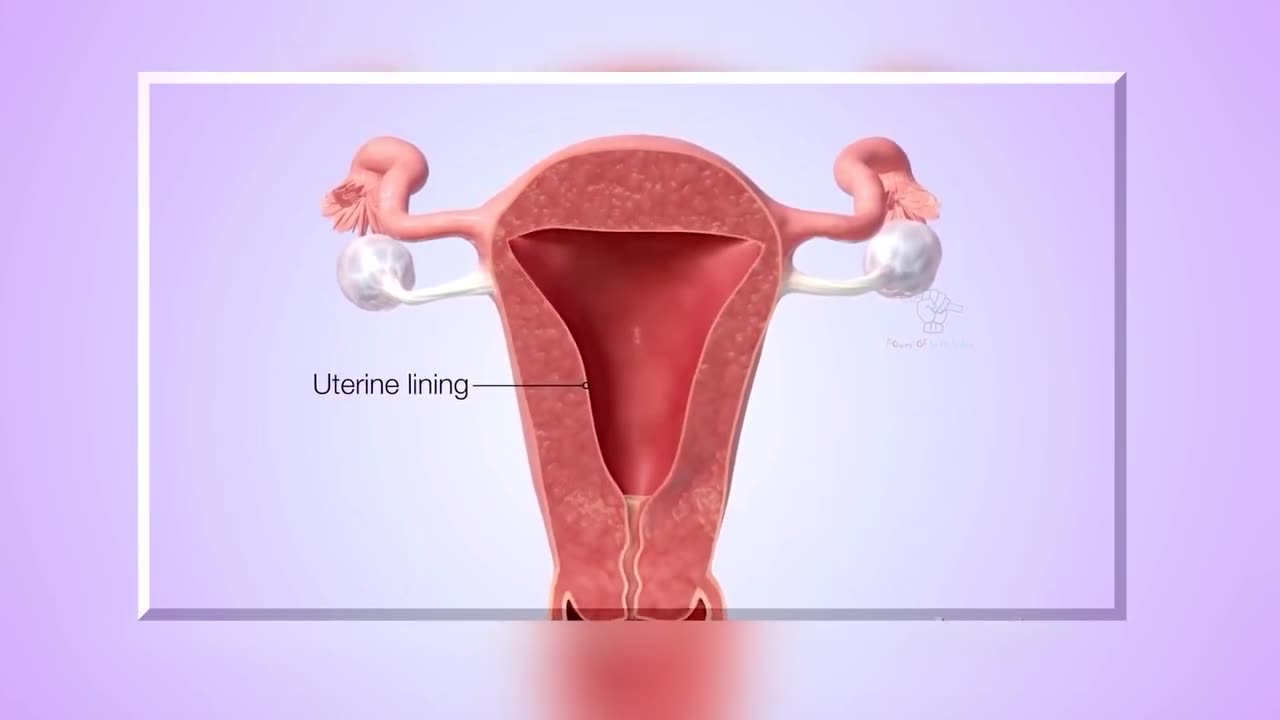Premium Only Content

How Intrauterine devices (IUDs) Works To Control Birth?
#iud #birthcontrol
The intrauterine device (IUD) is a flexible T-shaped device that is inserted into the female uterus for birth control purposes. There are two types of intrauterine devices. The IUD is 99% effective in preventing pregnancy and has a birth control range of 3 to 10 years. Hence, it is considered very effective for birth control.
The IUD is inserted into the uterus via a long, thin tube, and there is a string tied at the end of the IUD. This string helps during the removal of the IUD, as it can be pulled through from the uterus.
Copper-coated IUDs cause minor inflammation in the uterus, which kills sperms that may enter the uterus through the inflammatory response. Additionally, this copper-coated IUD prevents embryo implantation in the uterus. It is effective for birth control for 5 to 10 years before being removed.
On the other hand, hormonal IUDs release progestin hormone after being inserted into the uterus. Progestin thickens the mucus in the cervix region, preventing sperm from entering the uterus. Furthermore, progestin thins the uterine endometrial lining, making it difficult for the egg to implant in the uterus. Hormonal IUDs are effective in birth control for up to three years before removal.
One of the biggest advantages of an IUD is that it can be removed at any time, allowing the female to become pregnant again.
#iud #intauterinedevice #birthcontrol
-
 2:42:28
2:42:28
FreshandFit
5 hours agoAfter Hours w/ Girls
59.9K67 -
 2:41:49
2:41:49
Laura Loomer
6 hours agoEP99: Trump Dumps USAID As Leftists Panic!
43.6K11 -
 22:50
22:50
DeVory Darkins
10 hours ago $10.24 earnedDemocrats UNLEASH IMPEACHMENT on Trump
26.7K86 -
 1:17:34
1:17:34
Mike Rowe
7 hours agoA Masterclass In The Collapse Of Woke Culture With Anson Frericks
41.8K33 -
 17:51
17:51
Stephen Gardner
7 hours ago🔥YES!! Trump CUTS CORD on Democrats SECRET PROGRAM!
68.8K55 -
 2:16:49
2:16:49
TheSaltyCracker
7 hours agoMusk Destroys Gov't Money Pot ReeEEeE Stream 02-05-25
137K238 -
 1:10:59
1:10:59
FreshandFit
7 hours agoTop 3 Ways To Overcome A Break Up
74K7 -
 6:32:11
6:32:11
Akademiks
8 hours agoDrake Finally CUTS off FAKE FRIENDS in the Industry. VIOLATES KHALED, LEBRON! Announces album Feb14
68.7K11 -
 27:28
27:28
Glenn Greenwald
11 hours agoGlenn Reacts to Trump's Gaza Take Over: System Update Special
174K288 -
 2:13:49
2:13:49
Melonie Mac
8 hours agoGo Boom Live Ep 36!
92.5K10